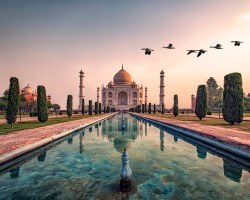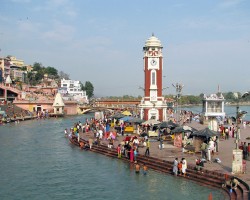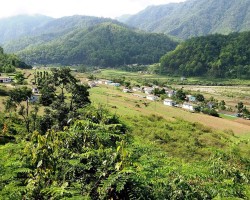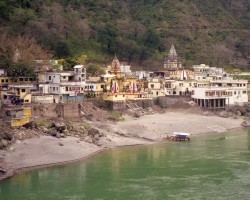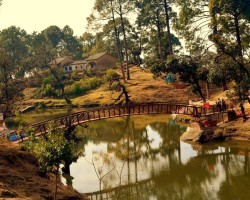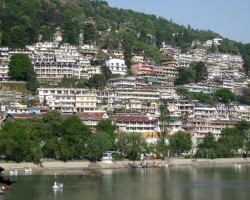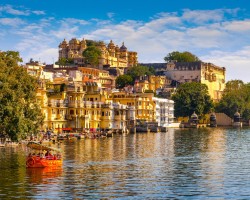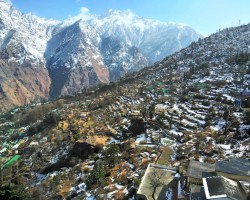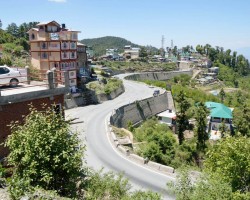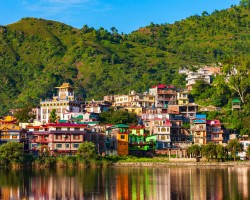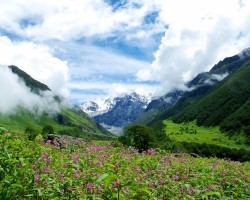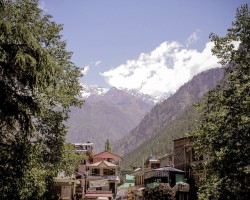Best time to go to Delhi Average weather of Delhi, India
When is the best time to go to Delhi?
The best time to decide when to go to New Delhi can be determined by various factors, including the climate, favorable weather, and tourist flow. Based on available data, it appears that the months of January, February, March, November, and December are ideal in terms of weather conditions. It is during this period that you can enjoy a mild, pleasant climate conducive to exploring the city.
However, it is important to note that the peak tourist season in New Delhi is from October to January. During this period, the Indian capital is particularly lively and offers a rich and dynamic travel experience. However, expect more crowds at major tourist sites such as the Red Fort, Qutub Minar, or the Lotus Temple.
If you are a traveler who prefers to avoid crowds, you may consider visiting New Delhi during the months of April and September. Although these months are not among the ideal period in terms of weather conditions, they still offer a rewarding travel experience with tolerable temperatures and fewer tourists. Moreover, the months from September to November mark the celebration of several major festivals in India, such as Diwali, providing a fascinating cultural immersion.
Finally, if you are considering visiting New Delhi during the monsoon season, from July to September, be prepared for heavy rains. However, this can offer a unique perspective of the city, transforming the urban landscape into a canvas of vibrant and lush colors.
In conclusion, deciding when to go to New Delhi depends on your personal preferences, your tolerance to the climate, and your desire to experience the city in all its cultural and festive splendor.
So, when is the best time to go to Delhi? Here's some more information to help you in your decision:
- The best months for good weather in Delhi are January, February, March, April, September, October, November and December
- On average, the warmest months are April, May and June
- Delhi has dry periods in November and December
- January is the coldest month of the year
- The rainiest months are July and August
Annual weather in Delhi
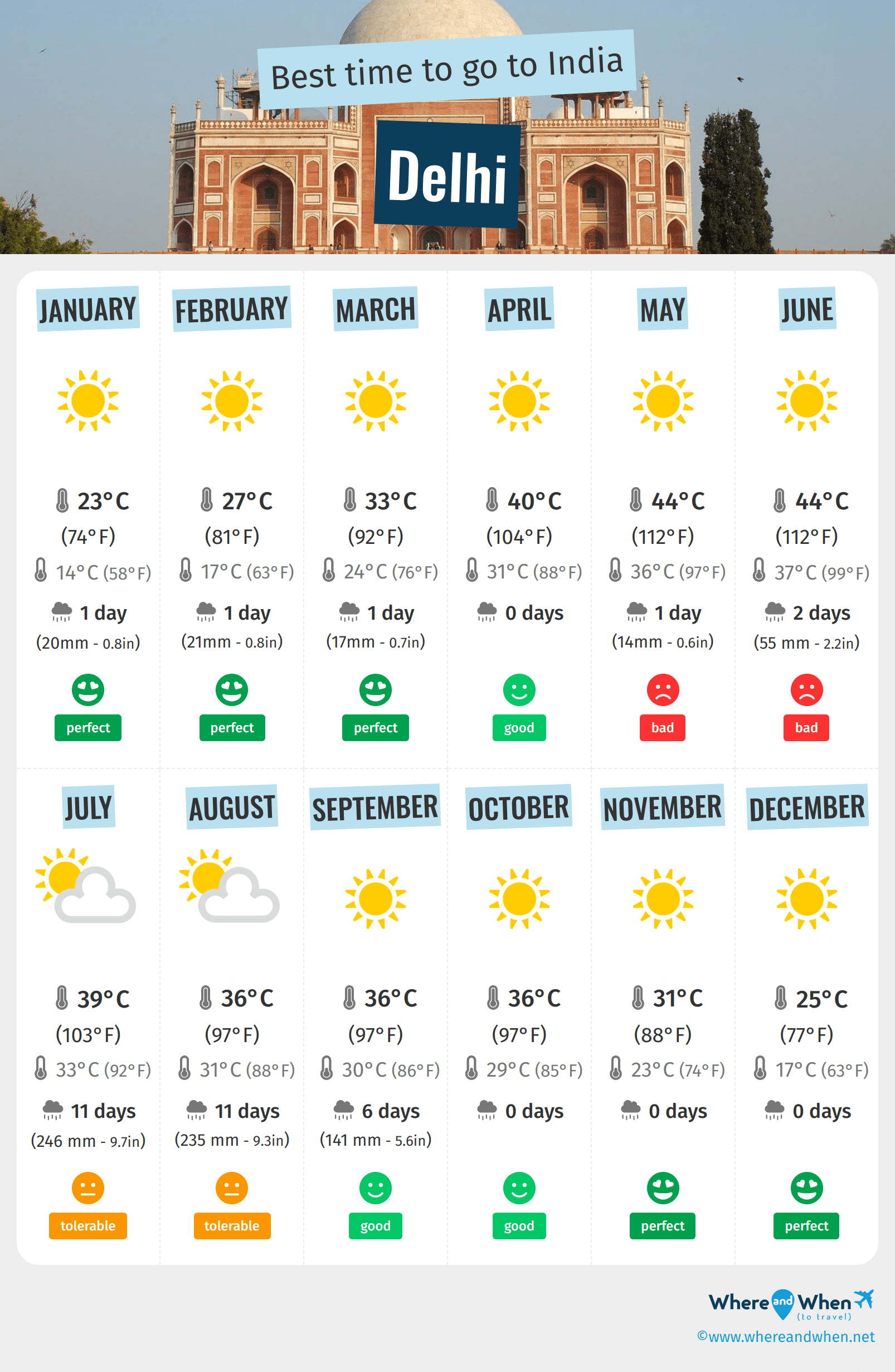
Weather details in Delhi month by month
Weather and climate in Delhi
New Delhi, the capital of India, enjoys a humid subtropical climate, characterized by mild and dry winters, hot summers, and a monsoon season marked by heavy rainfall. This type of climate offers a variety of weather conditions throughout the year, creating distinct and dynamic seasons.
New Delhi's Dry Season (October to March)
The dry season, also known as winter, extends from October to March. During these months, the climate in New Delhi is ideal with mild temperatures and low rainfall. January and February offer particularly pleasant weather, with daytime temperatures ranging from 14 to 27°C (81°F) . The sky remains mostly clear and sunny, providing an average of 9 to 12 hours of sunshine per day. Humidity is moderate, making the air relatively dry and comfortable.
New Delhi's Hot Season (April to June)
The hot season, or summer, lasts from April to June. During this period, temperatures rise rapidly, often reaching highs of 44°C (112°F) in May and June. The sky generally remains clear, with an average of 13 to 14 hours of sunshine per day. Humidity is low during these months but starts to increase in June in anticipation of the upcoming monsoon.
New Delhi's Monsoon Season (July to September)
The monsoon season, from July to September, brings heavy rains to New Delhi. Precipitation peaks in July and August, with averages of 246 and 235 mm respectively. Temperatures remain high, though slightly more moderate than during the summer, ranging from 31 to 36°C (97°F) . The sky is often overcast, but the sun still manages to break through, providing around 13 to 14 hours of sunshine per day.
In conclusion, New Delhi offers a diversity of weather conditions, with a pleasant and mild dry season, a hot and dry summer, and a humid and rainy monsoon season. Whichever season you choose to visit, this vibrant and dynamic city is sure to captivate you. However, for a more comfortable experience, the winter months from January to March are often recommended.

Charts: temperature and rainfall in Delhi
In the charts below, you can see the following seasonal norms for the city of Delhi: the minimum and maximum outdoor temperature, the risk and amount of monthly rainfall, daily average sunshine, and relative humidity for each month of the year.
Outside temperature
Precipitation (rainfall)
Daily sunshine hours
Humidity
Peak visitor numbers and tourist seasons in Delhi
Find out when Delhi has its high tourist season (the period when the influx of tourists is highest) and off-peak tourist season using our data and figures.
Tourist seasons in Delhi
- Very low season in Delhi
The months with the lowest number of tourists are: May and June. - Low season in Delhi
The months with low numbers of tourists are: January, March, April, July, August and September. - High season in Delhi
The number of visitors to Delhi is high in: February, October and November. - Peak season in Delhi
The largest number of tourists visiting Delhi is during: December.
Figure: Visitor index for Delhi month by month
Best time for low prices in Delhi
Average prices of hotels in Delhi month by month
Generally, August is the month with the lowest hotel prices in Delhi. So this is a great time to save on your holiday! In contrast, February is statistically the most expensive month of the year for hotels.
Find the best price for your hotel room
Average price for flights to Delhi
A return flight between London and Delhi is generally cheaper if you go in may ($ 623 on average): this is the best time for travellers on a tight budget. In contrast, you may end up paying $ 348 more for your airline ticket to Delhi if you go in august.
Other cities and places near Delhi
 Delhi
Delhi
 other locations
other locations

